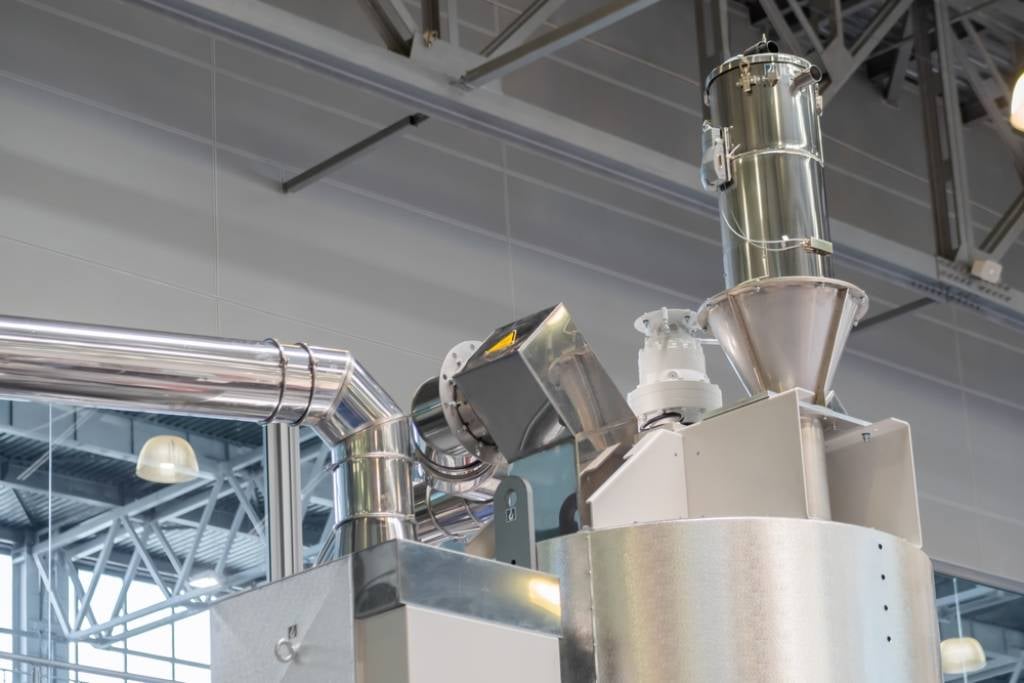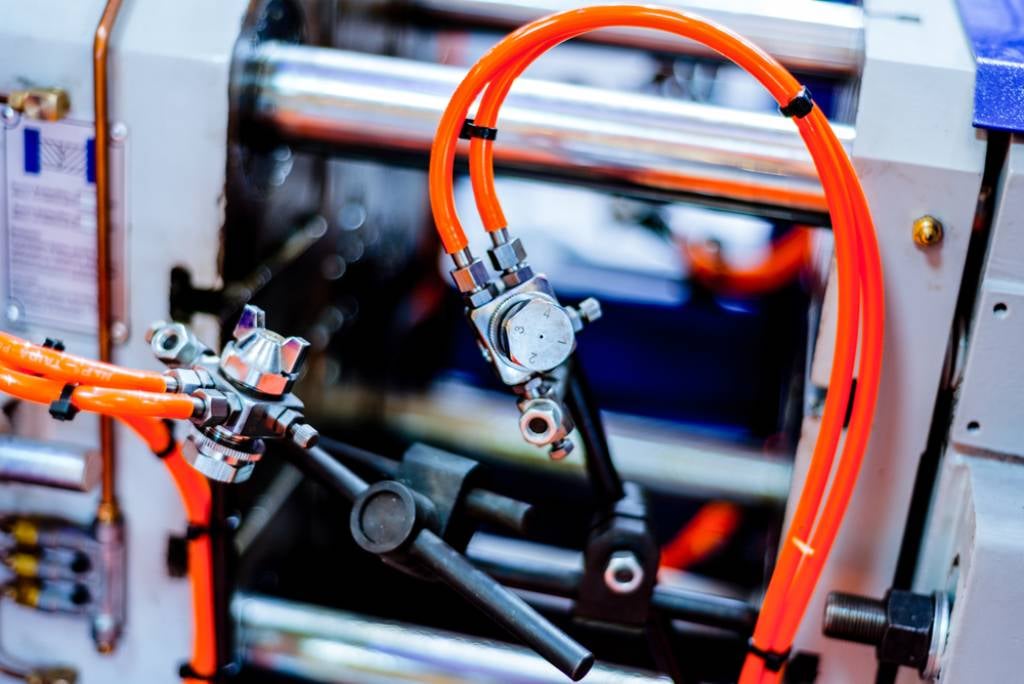
Flow lines are a defect in injection molding and can be a significant issue for manufacturers. These streaks or patterns can affect a part's aesthetics, value, and overall quality. Defects like this make it harder to market the finished parts to the end user.
Flow lines might be lighter in color, and they can appear as lines, waves, or circular patterns. They are the result of the physical path and cooling profile of the molten plastic as it fills the mold cavity. To minimize these flow lines, manufacturers need to carefully control the temperature and pressure of the plastic during injection. By understanding what causes flow lines in injection molding, we can reduce production errors and ensure quality products every time.
What Causes Flow Lines in Injection Molding?
There are different aspects of the manufacturing process that can cause flow lines in the injection molding process.
Mold Design
Mold design is a critical part of the plastic manufacturing process. Poorly designed molds can increase production costs due to the sub-optimal flow of molten plastic within the mold. Visible lines and other defects appear in the finished product as a result. Molten plastic cools very quickly, so thinner parts of a design will cool faster than the thicker parts.
Flow lines will likely occur as the molten plastic moves past the thinner areas to fill the thicker regions. You will see this because the thinner parts of the mold have cooled and become gummy. The molten plastic material will move over this area again to fill the ticker areas.
Various Cooling Rates
The cooling rate of a molded plastic item is a critical factor in the formation of flow lines. If plastic cools too quickly, it can cause uneven patterns and lead to weak points in the item. Conversely, if plastic is cooled too slowly, it can lead to warping and deformation of the item's shape.
Injection Speed
In injection molding, flow lines will appear if the injection speed is too slow. The molten plastic may start to cool before the mold cavity is filled. To avoid this, manufacturers must ensure that they use the right injection speed for their process. This will help them achieve a smooth and consistent finish on their products.

How to Avoid Flow Lines in Injection Molding
Fortunately, there are ways to reduce the occurrence of flow lines in parts. As a result, manufacturers can now produce higher-quality pieces with fewer defects and improved dimensional accuracy.
Remove Sharp Corners in Mold Design
Sharp corners or complex geometries can disrupt the flow of molten plastic, causing it to rapidly change direction, and causing flow marks. Your mold design should be created with careful planning and consideration to avoid this issue. A well-crafted mold can ensure reliable performance and high-quality results.
Control the Cooling Rate
Controlling the cooling rate of molded products is essential to achieving desired product quality. The temperature of the mold and the coolant used can be managed to ensure uniform cooling and precise results. Additionally, using a mold made from a material with good thermal conductivity can help to further ensure uniform cooling.
Increase the Temperature
There are different ways to increase the temperature so the plastic in injection molding doesn’t cool too quickly. You can increase the mold temperature so the holding and injection pressure is enough to push the plastic into the mold.
Alternatively, you can increase the melting temperatures of the plastic. The nozzle temperature could also be increased to avoid this from happening. The barrel temperature is also something to consider if you want to increase and maintain a specific temperature.
Adjust the Injection Speed
The injection speed at which molten plastic is inserted into molds can significantly affect the appearance of flow lines. If the process is too slow, the plastic may harden before the mold is fully filled, resulting in unsightly flow lines.
In this case, you should increase the injection speed. Rapid ejection of the melt from the barrel through the mold gate causes flow lines. The injection rate would need to decrease to avoid this.
Maintain Uniform Wall Thickness
If your mold design doesn’t have a uniform wall thickness, then you should try to optimize your mold design. Whenever possible, maintaining uniformity with wall thickness will help you to avoid flow lines and improve the integrity of a piece.
Work with Us for Your Injection Molding Needs
At RCO Engineering, our professionals have the advantage of practical expertise. They can easily recognize and solve intricate molding problems such as flow lines. It is our pride that we have an in-depth understanding of the injection molding process. We can provide you with the best solution for your industry.

Comments